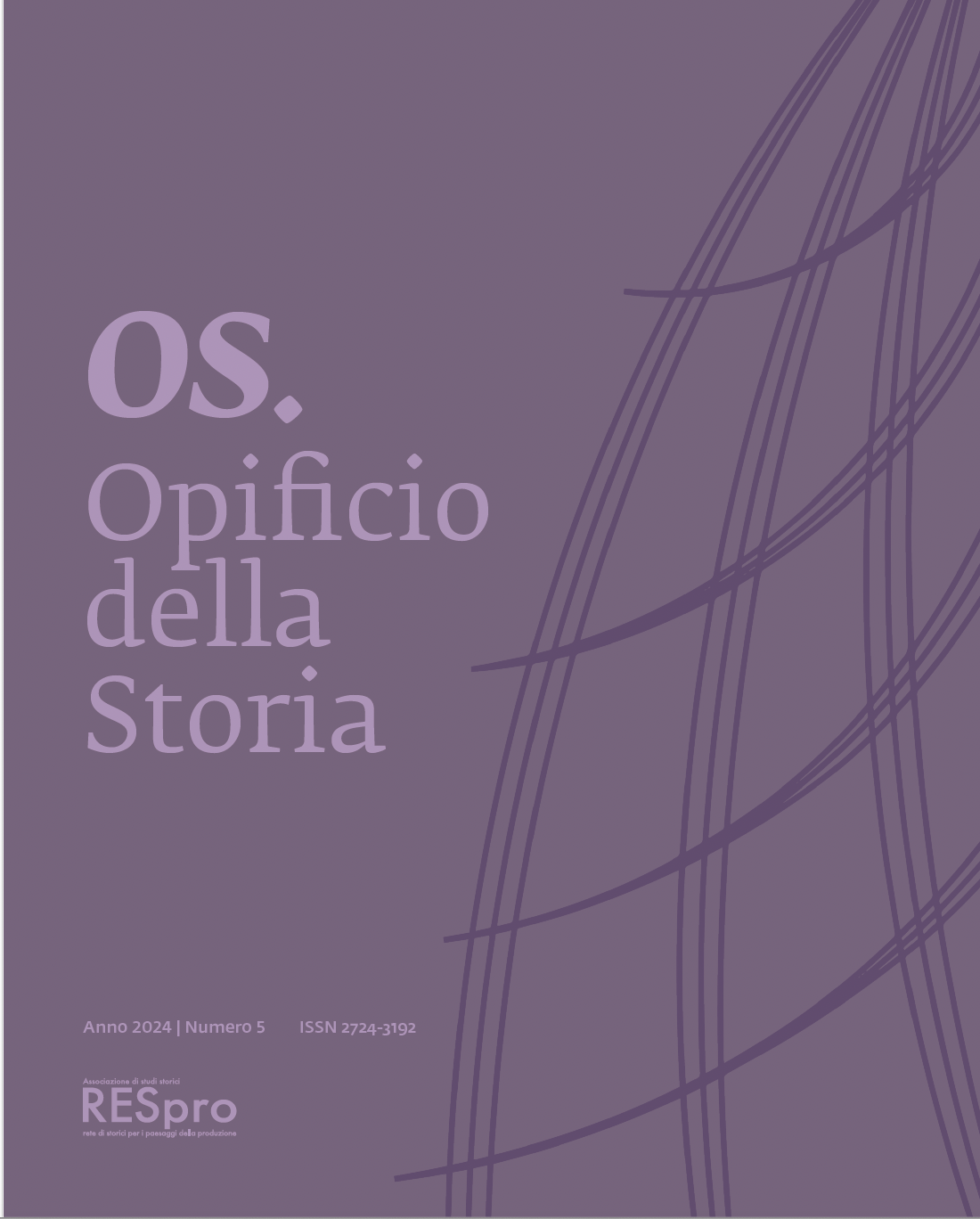Fifty years of Industrial Archaeology in Italy: is it still a frontier discipline?
DOI:
https://doi.org/10.6093/2724-3192/11643Keywords:
Industrial Archaeology, Industrial Revolution, Industrial culture, Landscape, Cultural HeritageAbstract
The text examines the issues and challenges of Italian industrial archaeology, focusing on the practices of inventorying, cataloging, repurposing, and enhancing old production structures.
This practice is compared to the “Noah syndrome,” a recent mental disorder involving the obsessive accumulation of animals or objects.
The authors highlight how this syndrome also affects the conservation of cultural heritage, with many practitioners, unable to set priorities, attempting to indiscriminately preserve everything. This phenomenon is particularly present in peripheral areas, where local administrators and enthusiasts try to protect and enhance every historical artifact.
Françoise Choay identified this problem in 1992, warning of the risk that excessive accumulation of protected cultural assets could lead to a resource crisis and a loss of cultural significance. Salvatore Settis also expressed concern about the Italian situation, suggesting that only a revival of civic virtues could reverse the current degradation.
The proposed solution involves a cultural reform that establishes a hierarchy of shared historical and cultural values, reducing the excess of protected heritage and concentrating resources on the most significant assets. Only through in-depth historical research will it be possible to determine which assets truly deserve to be preserved and enhanced.



